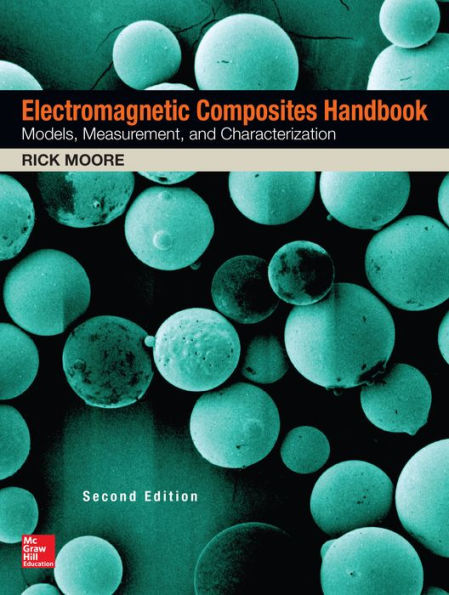Theoretical, computational, and experimental electromagnetic modeling and characterization
This engineering and scientific handbook offers extensive coverage of electromagnetic modeling and characterization of composite materials from the theoretical, computational, and experimental points of view. You will get unique data for non-conducting dielectrics, semiconducting, conducting, and magnetic materials, and composites composed of two or more molecularly distinct compounds.
The goal of the book is to contribute to current and visionary electromagnetic composite applications and extend the existing database for composites. Electromagnetic Composites Handbook: Models, Measurement, and Characterization is presented in a clear, hierarchical style, progressing from basic concepts through simple and more complex models, and finally to data verifying the models.
- Provides a large collection of tabulated data for more than 300 complex composite materials
- Information presented will aid in the development of multifunctional material designs
- The data is a direct extension from Arthur Von Hippel's landmark Dielectric Materials and Application
Theoretical, computational, and experimental electromagnetic modeling and characterization
This engineering and scientific handbook offers extensive coverage of electromagnetic modeling and characterization of composite materials from the theoretical, computational, and experimental points of view. You will get unique data for non-conducting dielectrics, semiconducting, conducting, and magnetic materials, and composites composed of two or more molecularly distinct compounds.
The goal of the book is to contribute to current and visionary electromagnetic composite applications and extend the existing database for composites. Electromagnetic Composites Handbook: Models, Measurement, and Characterization is presented in a clear, hierarchical style, progressing from basic concepts through simple and more complex models, and finally to data verifying the models.
- Provides a large collection of tabulated data for more than 300 complex composite materials
- Information presented will aid in the development of multifunctional material designs
- The data is a direct extension from Arthur Von Hippel's landmark Dielectric Materials and Application

Electromagnetic Composites Handbook, Second Edition
512
Electromagnetic Composites Handbook, Second Edition
512
Product Details
| ISBN-13: | 9781259585050 |
|---|---|
| Publisher: | McGraw Hill LLC |
| Publication date: | 04/18/2016 |
| Sold by: | Barnes & Noble |
| Format: | eBook |
| Pages: | 512 |
| Sales rank: | 307,248 |
| File size: | 46 MB |
| Note: | This product may take a few minutes to download. |
